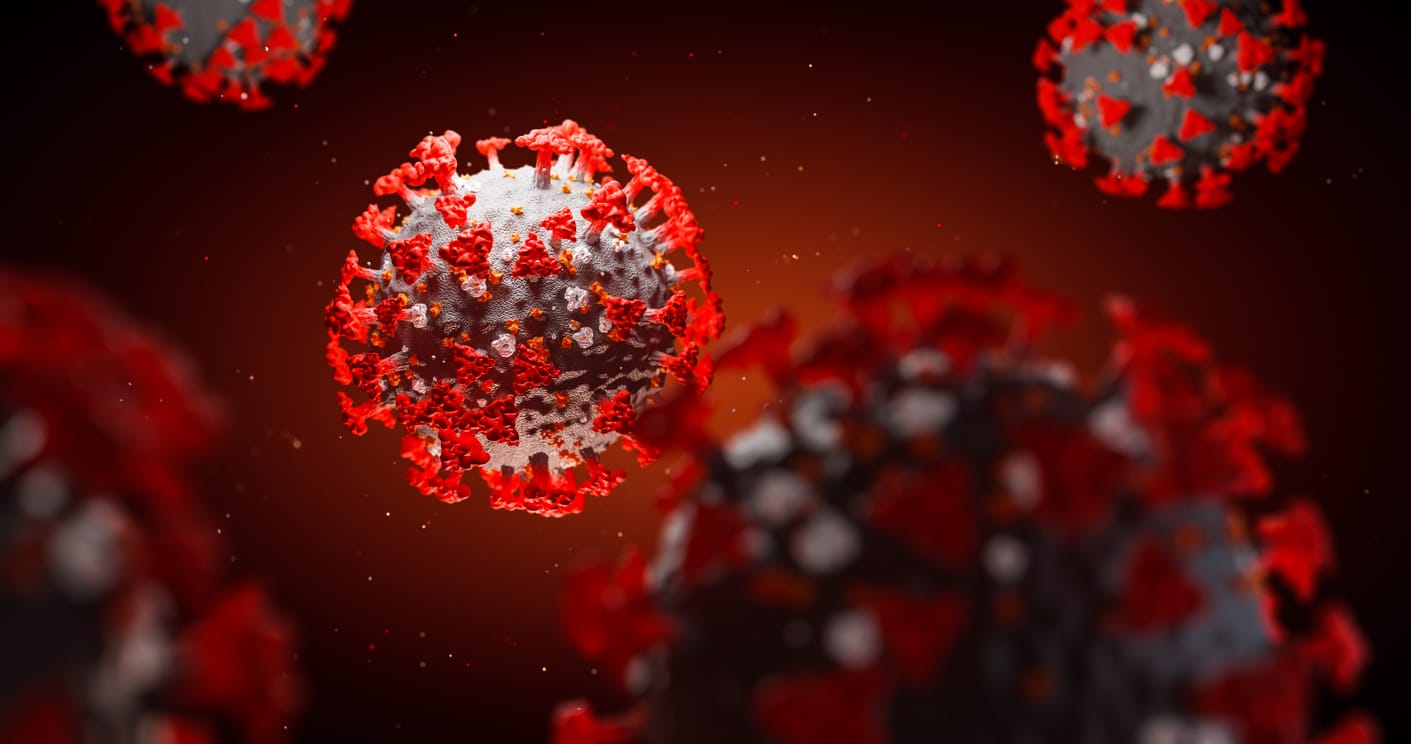COVID-19 is the name given by the World Health Organization (WHO) on February 11, 2020 for the disease caused by the novel coronavirus SARS-CoV-2. It started in Wuhan, China in late 2019 and has since spread worldwide. COVID-19 is an acronym that stands for coronavirus disease of 2019.
What does COVID-19 stand for in its full form?
COVID-19 is the name of the disease caused by the SARS-CoV2 virus. Viruses and the diseases they cause have different names. For example, AIDS is the disease caused by the human immunodeficiency virus, HIV.
As mentioned above, COVID-19 is an acronym. In its full form, COVID-19 stands for coronavirus disease of 2019.
Who named COVID-19?

The coronavirus disease of 2019 was given the abbreviated name of COVID-19 by the WHO in a press release on February 11, 2020.
When was the coronavirus given the “COVID-19” name?
On December 31, 2019, a strange new pneumonia of unknown cause was reported to the Chinese WHO Country Office. A cluster of these cases originally appeared in Wuhan, a city in the Hubei Province of China. These infections were found to be caused by a new coronavirus which was given the name “2019 novel coronavirus” (2019-nCoV).
It was later renamed “severe acute respiratory syndrome coronavirus 2,” or SARS-CoV-2 by the International Committee on Taxonomy of Viruses on February 11, 2020. It was named SARS-CoV-2 because the virus is a genetic cousin of the coronavirus which caused the SARS outbreak in 2002 (SARS-CoV).
The unofficial name for the virus is “the COVID-19 virus.”
Why was the coronavirus renamed to COVID-19?
The WHO press release of February 11 explained why a new name was needed for this disease: “to enable discussion on disease prevention, spread, transmissibility, severity, and treatment.”
Diseases are officially named by WHO in the International Classification of Diseases (ICD). For COVID-19, the name was decided based on agreed guidelines between the WHO, the World Organization for Animal Health, and the Food and Agriculture Organization of the United Nations. The name, and its abbreviation, was chosen because it didn’t refer to a specific geographic location, a specific animal, or a specific group of people. It also had to be easy to pronounce and related to the disease.
What is a coronavirus?
Coronaviruses are common human and animal viruses. They were first discovered in domestic poultry in the 1930s. In animals, coronaviruses cause a range of respiratory, gastrointestinal, liver, and neurologic diseases.
Only seven coronaviruses are known to cause disease in humans:
- Four human coronaviruses cause symptoms of the “common cold.” These have catchy names which you’ll be forgiven for forgetting: 229E, OC43, NL63, and HUK1.
- Three human coronaviruses cause much more serious lung infections, also called pneumonia: SARS-CoV in 2002 (severe acute respiratory syndrome or “SARS”), MERS-CoV in 2012 (Middle East respiratory syndrome or “MERS”), and SARS-CoV2 (the current pandemic know as COVID-19).
You can learn more about the definition of coronavirus here.
What is a novel coronavirus?
A “novel” coronavirus means that it is a new coronavirus that has not been previously identified in humans. This means it is different from coronaviruses that cause the common cold, and those that caused SARS in 2002 and MERS in 2012.
Like, SARS and MERS, the novel coronavirus is a zoonotic disease. The definition of a zoonotic disease is one that begins in animals and is transmitted from animals to people.
This article originally appeared on GoodRx.com

Dr. Sophie Vergnaud, MBBS
Clinical Physician
Clinical expert on the GoodRx Research team. She specializes in pulmonology and all things internal medicine.


